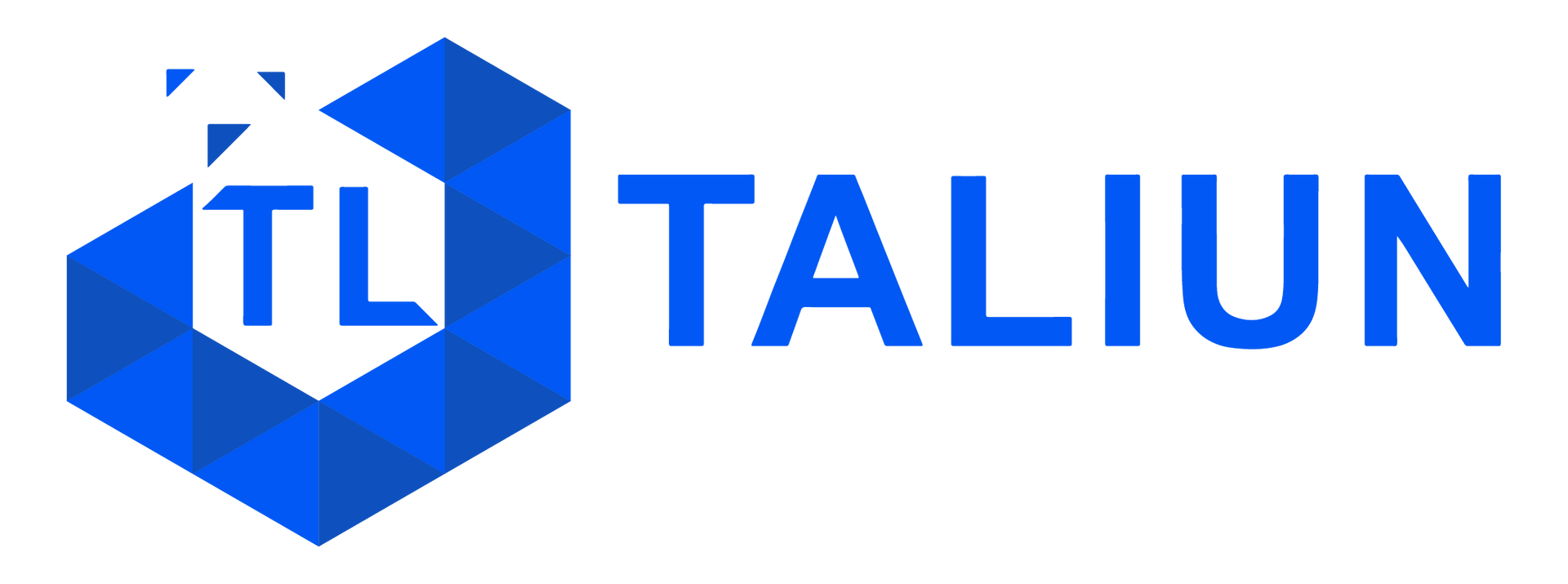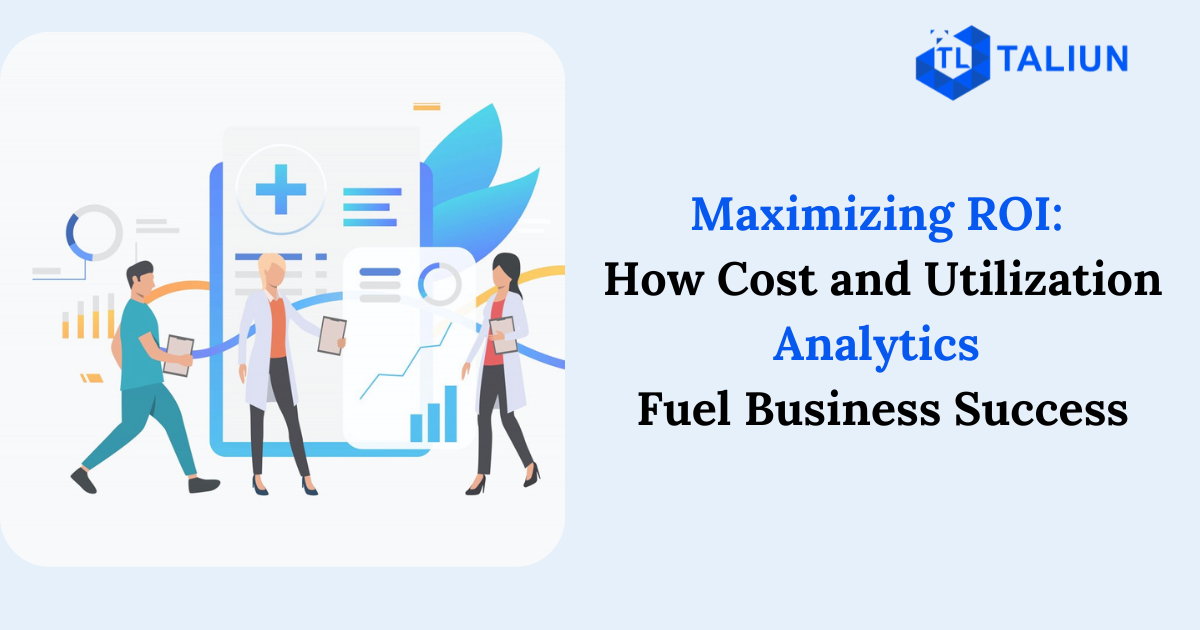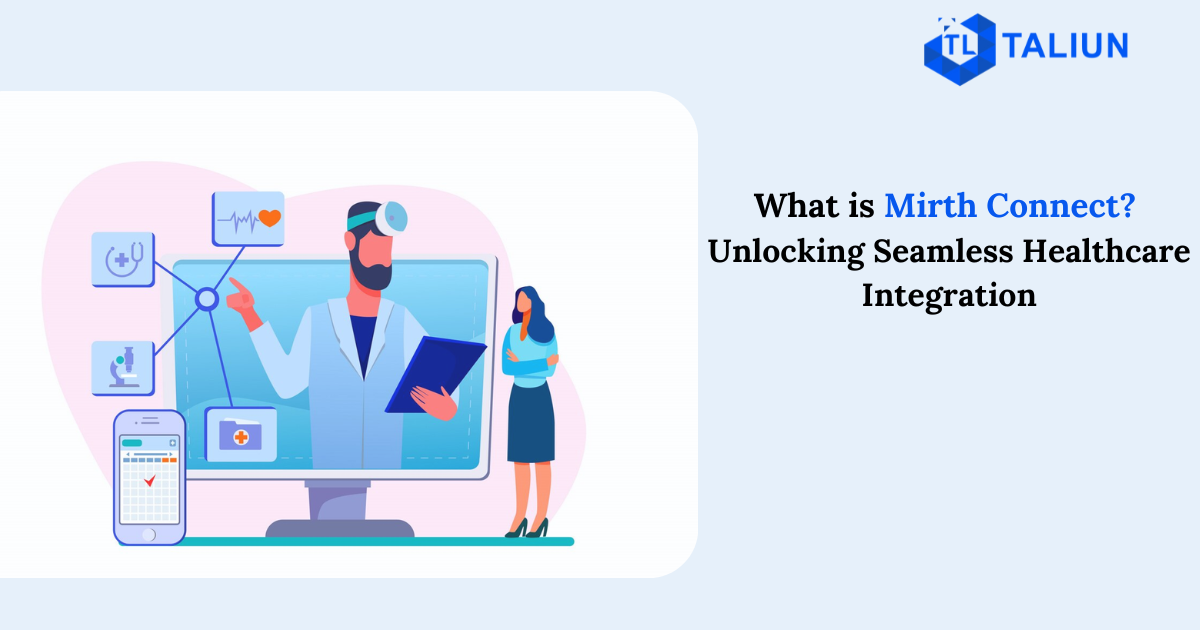Building a Future-Proof Monitoring Ecosystem: Advanced Strategies for Application and Infrastructure Performance

Enhancing the depth of our discussion on building monitoring tools for application and database servers, services, APIs, and individual metrics involves delving deeper into the technical strategies, advanced monitoring concepts, and the integration of AI and machine learning for predictive analytics. This refined focus will provide a more comprehensive guide to creating a robust monitoring ecosystem.
Advanced Monitoring Strategies
Distributed Tracing: In microservices architecture, understanding how requests traverse through various services is crucial. Distributed tracing tools like Jaeger or Zipkin can help visualize this flow, pinpointing latency issues and failure points across services.
Synthetic Monitoring: Beyond real user monitoring (RUM), synthetic monitoring involves creating automated scripts to mimic user interactions with your applications. This proactive approach helps identify issues before they affect real users.
Anomaly Detection: Implementing anomaly detection algorithms can help identify unusual patterns that deviate from the norm. These can be early indicators of issues that traditional threshold-based alerts might miss.
Integration of AI and Machine Learning
AI and machine learning are revolutionizing how monitoring tools predict and diagnose issues:
Predictive Analytics: By analyzing historical performance data, AI models can predict future system behavior, allowing teams to address potential issues before they occur.
Automated Root Cause Analysis: AI can help sift through vast amounts of monitoring data to suggest probable causes for an incident, reducing the time it takes to resolve issues.
Monitoring as Code: Monitoring as Code (MaC) integrates monitoring setup and configuration into the development and deployment pipeline. This approach ensures monitoring configurations are version-controlled, reviewed, and deployed alongside application code, leading to more reliable and consistent monitoring practices. Tools like Terraform or Ansible can be used to automate the deployment of monitoring agents and configurations.
Observability: Observability extends beyond traditional monitoring by providing deeper insights into the behavior of systems through logs, metrics, and traces. It emphasizes understanding the internal state of systems by examining outputs. Incorporating observability principles means building systems that are more transparent and easier to troubleshoot.
Choosing the Right Tools and Technologies
When selecting tools for monitoring, consider the following criteria:
Scalability: Ensure the tool can scale with your infrastructure without significant additional overhead.
Integration Capabilities: The tool should seamlessly integrate with your existing stack and support the collection of custom metrics relevant to your application.
Community and Support: Tools with active communities and strong support are preferable, as they offer resources for troubleshooting and integration.
Security Considerations
Monitoring tools have access to sensitive data and thus must be secured properly. Implement encryption for data in transit and at rest, use role-based access control (RBAC) to limit data access, and regularly audit access logs to detect unauthorized access attempts.
Conclusion
Building a sophisticated monitoring system is a dynamic and ongoing process that requires a blend of the right strategies, tools, and practices. By adopting advanced monitoring techniques, integrating AI for predictive insights, practicing Monitoring as Code, and ensuring observability and security, organizations can create a resilient and responsive IT infrastructure. This approach not only helps in proactive issue resolution but also significantly enhances system performance, security, and user satisfaction.




